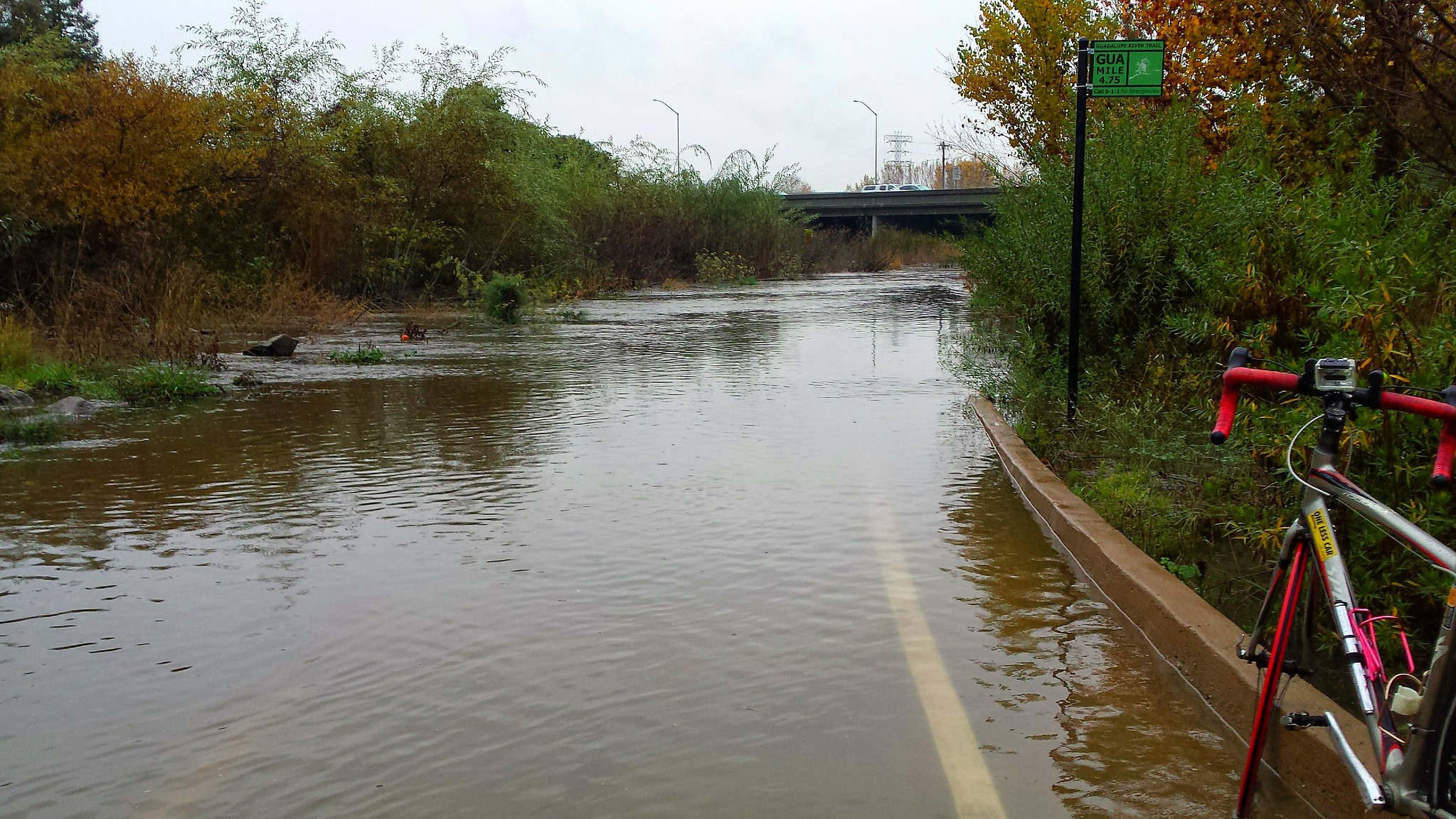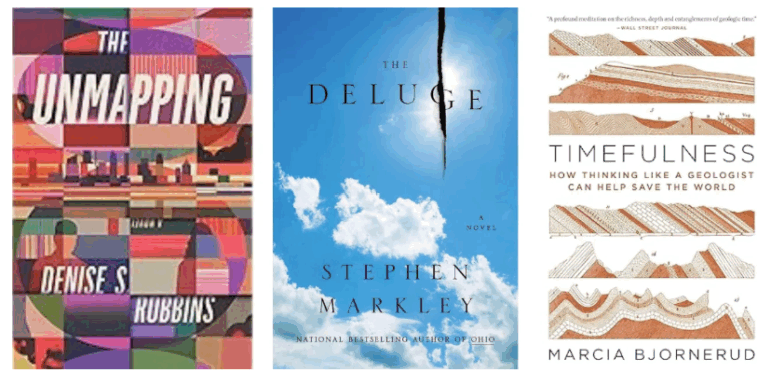
Texas’s Deadly Floods: Failure to Warn
- Posted on
- By Denise Robbins
- In Blog, Federal
A Deadly Storm as a Bellwether for Climate Change
For three days from July 4, a tropical storm brought a deadly deluge to a region of central Texas known as Hill Country, which is considered one of the deadliest places in the US for flash flooding. The worst of it happened in Kerr County, including, tragically, in summer camps with many children.
Fueled by remnants of Tropical Storm Barry, torrential rainfall surged the river by 25 to 30 feet in under an hour. At times, the water rose one inch every 25 seconds. At the time of writing, more than 100 people are dead, including more than 35 children, with 170 people still missing.
Unfortunately, this is not new. Central Texas – especially the Hill Country – is known as “Flash Flood Alley” due to steep terrain, shallow soils and intense rainfall and has flooded nearly once every decade over the past 100 years.
Even so, it’s getting worse with climate change, and events like this will become more common in this region and elsewhere. Humidity and heat are rising in the Gulf, bringing more moisture. Meanwhile, drought dries out soil, making it less absorbent. When rain does fall, it floods faster and more violently. A new UN report calls worsening droughts “a slow-moving global catastrophe.”
The Need to Be Prepared
But it’s not just about climate change. It’s about emergency preparedness. The region has poor cell service, so warnings from the National Weather Center can sometimes not get through. For years, Texas debated a $1-million flood alert system for Hill Country to prevent disasters just like this. But it was never funded, despite the area’s 50,000 residents and thousands of young campers.
Meanwhile, the Trump Administration is taking aim at every possible agency involved in emergency preparedness, with mass budget cuts and layoffs at the National Oceanic and Atmospheric Administration, which runs the National Weather Service, the Federal Emergency Management Administration, and more. US National Weather Service budget cuts meant that a veteran warning coordination meteorologist for the region retired early this spring. His role was to work with local communities to help them prepare for events like this, to get the national weather alerts to the community members in need. But he was not replaced, leaving a critical gap just months before the flood.
In times like this, I often turn to books for advice and understanding. Here are a few recommendations for your own reading. And then, once you’re fired up to do something, join CCAN as an Action Member to plug into your local climate movement.
Books to Deepen your Understanding

The Deluge
By: Stephen Markley
Publisher: Simon & Schuster
Year: 2023
The Deluge is a climate thriller. And it is a political epic. And it is so much more.
At nearly 900 pages, spanning a range of decades and characters, it showcases a world responding too slowly to environmental breakdown. There are scientists desperately lobbying for reform, activists risking their lives for visibility and ordinary people watching the weather change everything, including a truly terrifying — and too real scene of a wildfire in downtown Los Angeles.
Markley shows how systemic failure creeps forward through inertia, denial and political dysfunction. Stephen King called it this generation’s Grapes of Wrath.
Choice quote:
As bureaucrats have rediscovered again and again from time immemorial, getting people to do what is in their best interest is often more difficult than unleashing their worst natures.
The Ministry for the Future
By: Kim Stanley Robinson
Publisher: Orbit
Year: 2020
Sometimes, though I wish it weren’t the case, a crisis is needed to catalyze action. The Ministry for the Future by Kim Stanley Robinson opens with a harrowing heatwave in India that kills millions yet leads to the formation of an international agency under the UN, nicknamed the “Ministry for the Future.” Its mandate: to advocate for future generations and protect life on Earth.
What follows is a fascinating mix of fiction and speculative policy, as Robinson explores economic restructuring, geoengineering, climate migration, eco-terrorism, and radical diplomacy. The novel follows a mosaic of voices—scientists, refugees, central bankers, insurgents, bureaucrats—as the world shifts from a state of emergency to one of sustainability.
The novel doesn’t shy away from collapse, but insists that coordinated global action is still possible—even if it’s messy, compromised, and contested. The Ministry for the Future reads like a hybrid of climate fiction and future history, and has become a touchstone for policy thinkers and climate advocates alike. It doesn’t just ask what might happen. It asks what we’re willing to do.
Choice quote:
As bureaucrats have rediscovered again and again from time immemorial, getting people to do what is in their best interest is often more difficult than unleashing their worst natures.
Timefulness
By: Marcia Bjornerud
Publisher: Princeton University Press
Year: 2018
How fast are things changing? To get some perspective, it’s worth going back to the beginning of time. Or at least, the beginning of the earth.
In clear yet gorgeous prose, geologist Marcia Bjornerud introduces readers to the idea of “timefulness” — a sense of planetary history that extends far beyond human timescales. She argues that modern society is “chronically short-sighted,” and that our inability to grasp deep time has left us blind to the consequences of our actions, particularly when it comes to environmental stewardship.
The book blends field stories, geological insight and philosophical reflection, making complex concepts easy to understand. She doesn’t offer doom; she offers perspective.
Choice quote:
It is also not the “end of nature” but, instead, the end of the illusion that we are outside nature. Dazzled by our own creations, we have forgotten that we are wholly embedded in a much older, more powerful world whose constancy we take for granted. As a species, we are much less flexible than we would like to believe, vulnerable to economic loss and prone to social unrest when nature—in the guise of Katrina, Sandy, or Harvey, among others — diverges just a little from what we expect.
The Unmapping
By: Denise S. Robbins
Publisher: Mareas
Year: 2025
Yes, I’m including my own book in this list. But writing it really did help me work through my personal experience of what climate change feels like, and I hope it can do the same for others. My debut novel explores life in a state of emergency through a surreal phenomenon known as “the unmapping”. At 4 am in New York City, all the city’s buildings mysteriously swap places. The Empire State Building ends up on Coney Island and K-town bars are in Queens. The next night, it happens again. It’s a disaster that breaks down the utility grid and leads to thousands of people becoming lost.
The story follows two workers at the city’s Emergency Management Department, tasked with holding the city together as the crisis escalates. As attention slowly turns to stopping the unmapping, the book’s characters navigate a restructured landscape in search of loved ones, safety and meaning.
Many believe it’s a bizarre side effect of global warming, an era when the highly improbable becomes disturbingly routine. I wrote this surreal story with the hope that it would allow the reader to experience how climate change feels. With Texas waters rising at 25 inches per minute, nothing feels stable and everything familiar has become strange — it seems quite possible that the laws of physics will change beneath our feet.
As climate emergencies grow more frequent, the role of emergency workers becomes more vital. In the book, the workers confront the limitations of the systems in place and work to improve them. Ultimately, their job is about saving lives. The real-life decision by Texas officials to forgo a flood warning system that could have saved lives only reinforces the story’s relevance.
Choice quote:
It is hard to say when things started turning around for the better. Is it possible to pinpoint a particular moment when everyone stopped running around trying to live in a broken world and started instead trying to fix it?
What’s Next
YOU can get involved to stop climate change where you live. Join CCAN as an Action Member today.
Photo at top from Flickr user Richard Masoner with a Creative Commons license
A version of this post was initially published on “This Week, Those Books,” which links the big international story to the world of books. Their aim is to provide crucial context — from fiction and non-fiction — to the shouty, doomscroll news cycle. Read it here.

